Curious as to the science behind polyfoam? This cheap, strong, and effective substance has improved a wide range of inventions, all from a chemical reaction.
At PolyFoam Solutions, we use the science of polyfoam to help improve your home, business, and property. Let’s get into the details of what polyfoam is, how it works, how it’s used, and why it’s such a great invention.
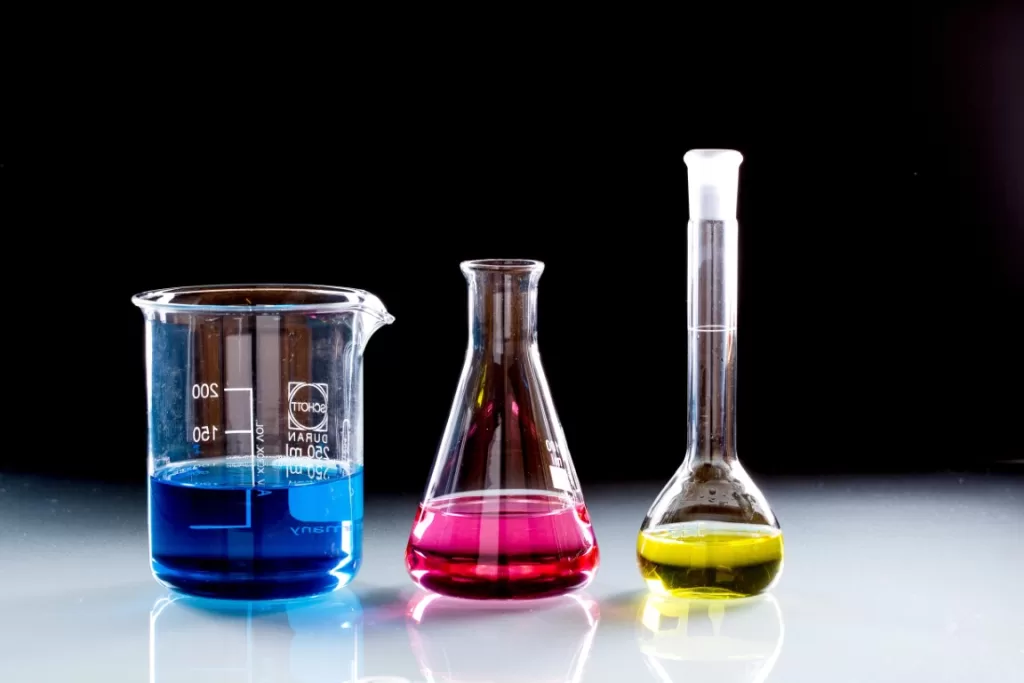
What is Polyfoam?
There are three main types of what is generally categorized as “polyfoam”:
- Polyurethane
- Polyethylene
- Polystyrene
Polyurethane tends to be the most common, used for a variety of structures, materials, and products. Polyurethane foam, or polyfoam, can be produced from a few different ingredients, resulting in different chemical structures and therefore, many different uses.
The differing chemical makeups means that the polyfoam can be used in both flexible and rigid products, some of which include coatings, adhesives, electrical potting compounds, and fibers like spandex.
Foam, though, is the most common product of polyurethane, accounting for 67% of all polyurethane production in 2016.
A Chemical Reaction
Polyfoam is produced when two main ingredients mix and react. These ingredients consist of polyol, a type of alcohol, and an isocyanate, which is a reactive chemical. These chemicals are then mixed in a process called polymerization.
When polyol and isocyanate mix, the reaction makes them connect together and form long chains of urethane bonds, which results in a strong and flexible substance. It then quickly changes the chemicals from the liquid state into a hardy solid material.
Because polyfoam expands and fills a space quickly before it hardens, it can easily be moulded into various shapes and forms without the need for detailed cutting.
To create the foam, additives and blowing agents can be added to create air bubbles and increase flexibility. Blowing agents, like water, will react with the isocyanate and release carbon dioxide, allowing for tiny bubbles to form.
Flexible Polyfoam
Flexible polyfoam is used all the time in many products that you may even use daily. Some of the most common uses are:
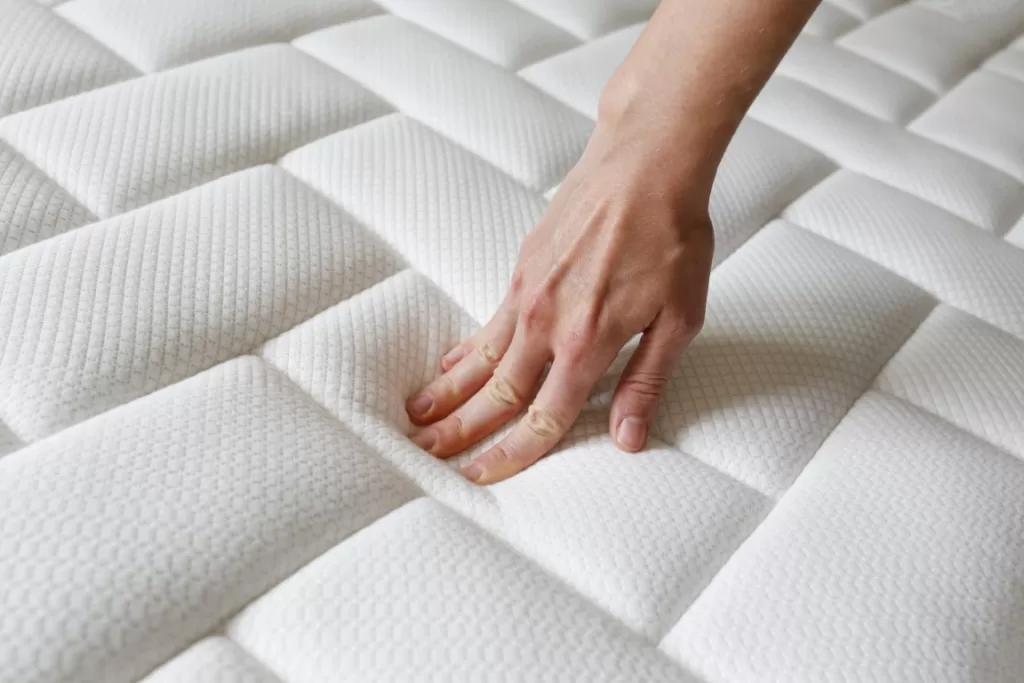
- Furniture
- Acoustic Insulation
- Bedding
- Automotive Seating
- Athletic Equipment
- Packaging
- Footwear
- Carpets
- & More
Because flexible polyfoam is built to compress and spring back, it is often used in items that are designed to be comfortable, soft, and supportive.
Rigid Polyfoam
Rigid polyfoam, on the other hand, is extremely useful for creating sturdy and durable surfaces that are effective and lightweight.
- Building Insulation
- Refrigeration
- Construction Application
- Fire-Retardant Parts
- Helmet Liners
- & More
Due to its chemical makeup, rigid polyfoam is strong, moisture-resistant, and heat transfer-resistant, allowing it to be used for a wide range of applications.
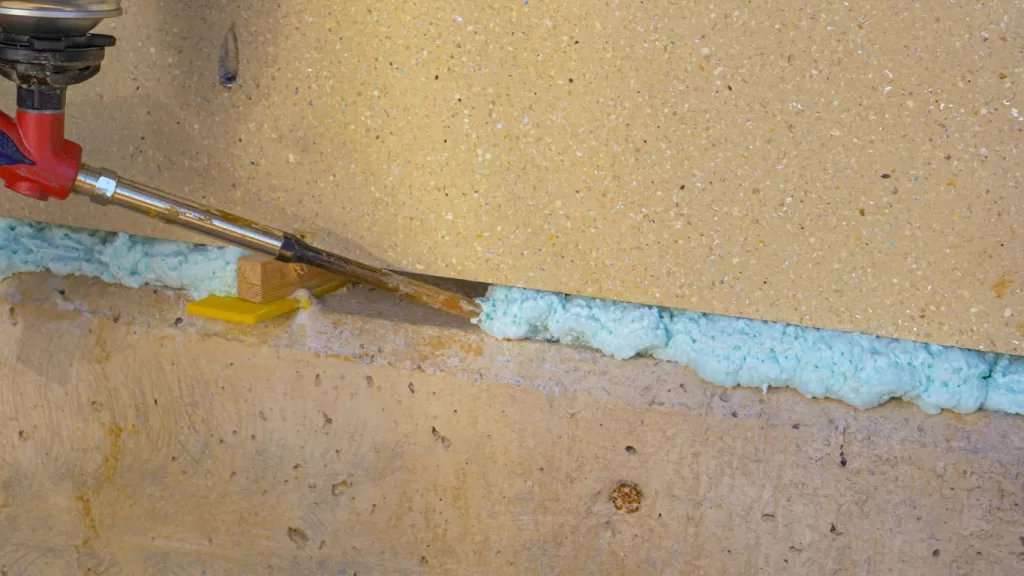
Science Behind PolyFoam Solutions
At PolyFoam Solutions, we harness the science behind polyfoam and make use of it for our services. Here’s how polyurethane is utilized at our company:
1. Concrete Lifting & Leveling
We inject expanding polyurethane foam beneath uneven or sunken concrete slabs, which allows for the surface to be adjusted so it’s even. Since polyfoam fills the gaps, this can create a stable foundation for walkways and driveways.
2. Foundation Repairs
Our company addresses structural integrity issues, like in home foundations, by injecting polyfoam into cracks and gaps. The expanded and solidified foam helps to offer strength and support.
3. Void Filling
Cracks, gaps, and grooves in concrete and cement can affect the safety and visual appeal of surfaces. We use polyfoam to fill in these spots and prevent further settling or damage
4. Soil Stabilization
Soil that hasn’t been properly compacted can lead to loose ground and unstable foundations. Injected polyfoam can help to solidify and stabilize the ground to ensure safety.
5. Concrete Surface & Joint Sealing
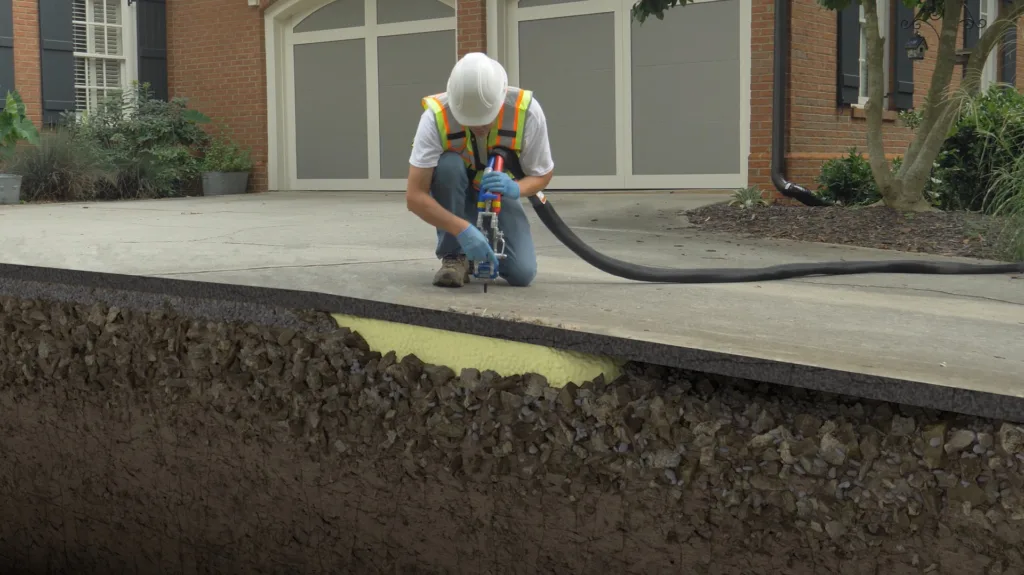
At PolyFoam Solutions, we also use polyurethane sealants to protect concrete surfaces and joints from spills, moisture, and environmental factors.
Why Choose PolyFoam
Using polyurethane solutions for your property has substantial benefits, including:
- Durability: The science behind polyfoam allows it to produce long-lasting repairs and solutions.
- Minimal Disruption: Because it only requires a small entry hole, polyfoam injection can be effective with minimal mess and a quicker completion.
- Cost-Effectiveness: Polyurethane is about 70% cheaper than replacing concrete slabs, so you can have results that last.
If you have been looking for a solution for your concrete, choose PolyFoam Solutions! Utilizing the science of polyfoam allows us to offer customers quick, easy, and affordable solutions. Don’t waste time and money on fully replacing and releveling the ground.
Instead, reach out to us today to get your polyfoam solution!
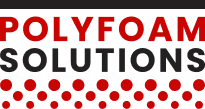
Follow Us